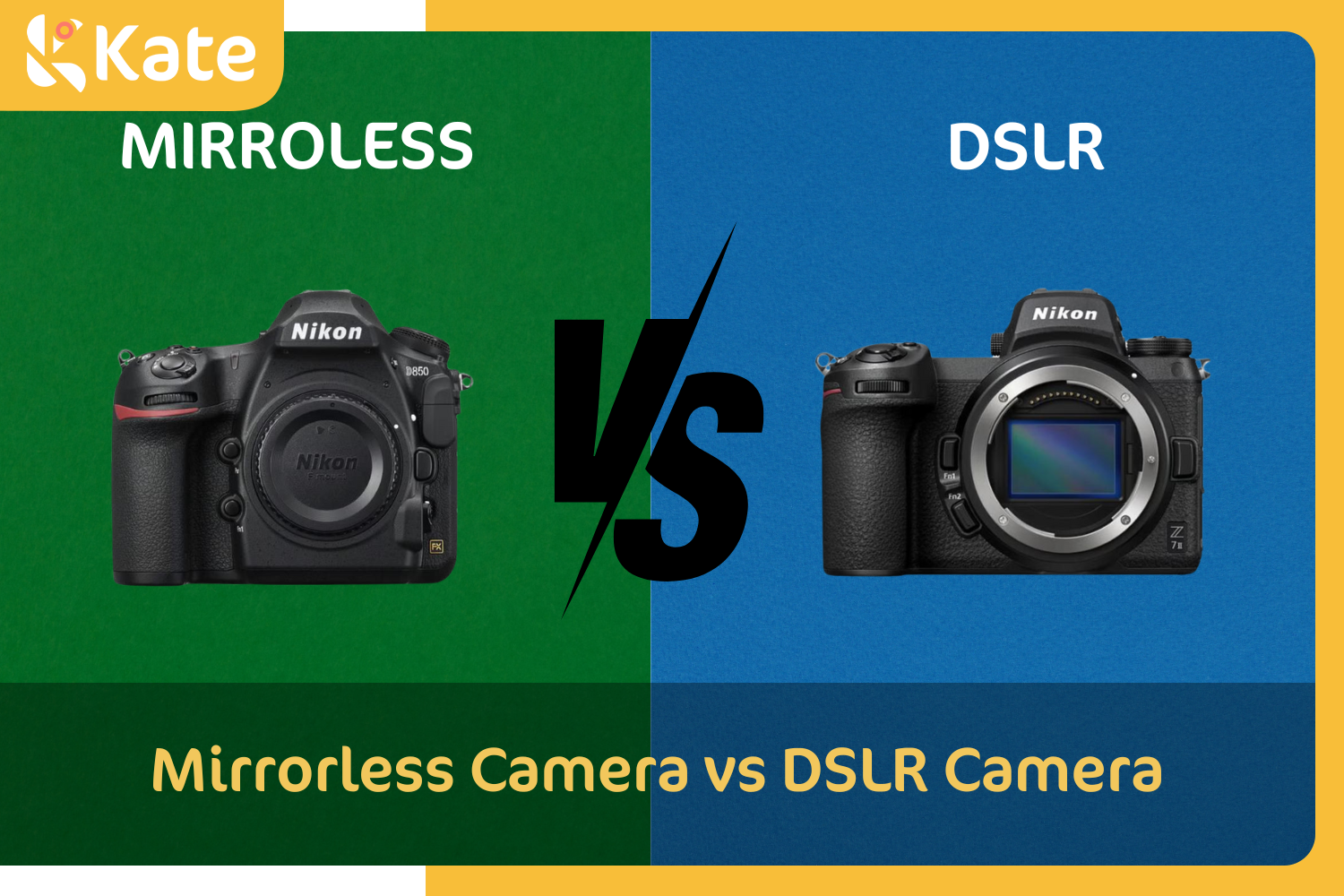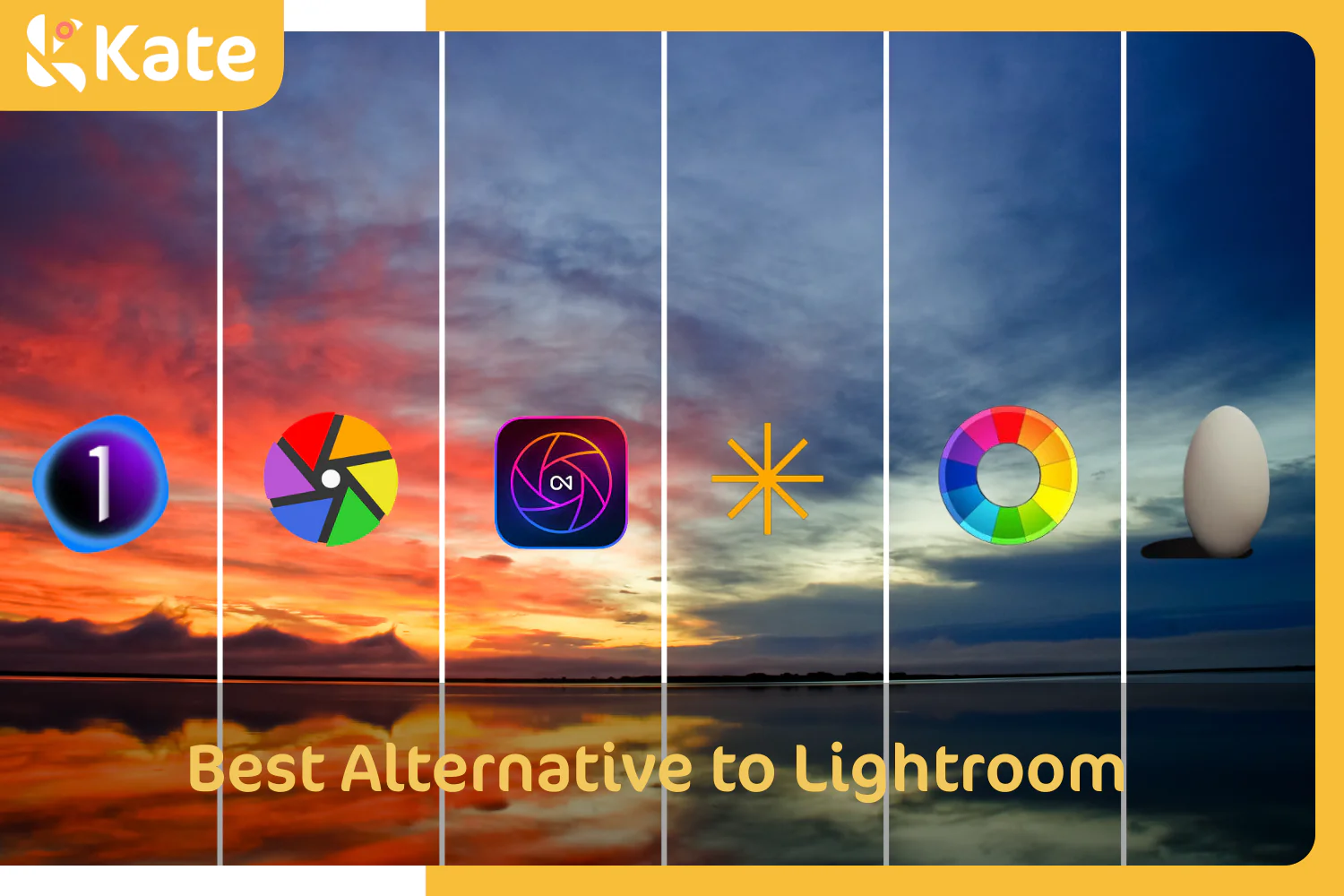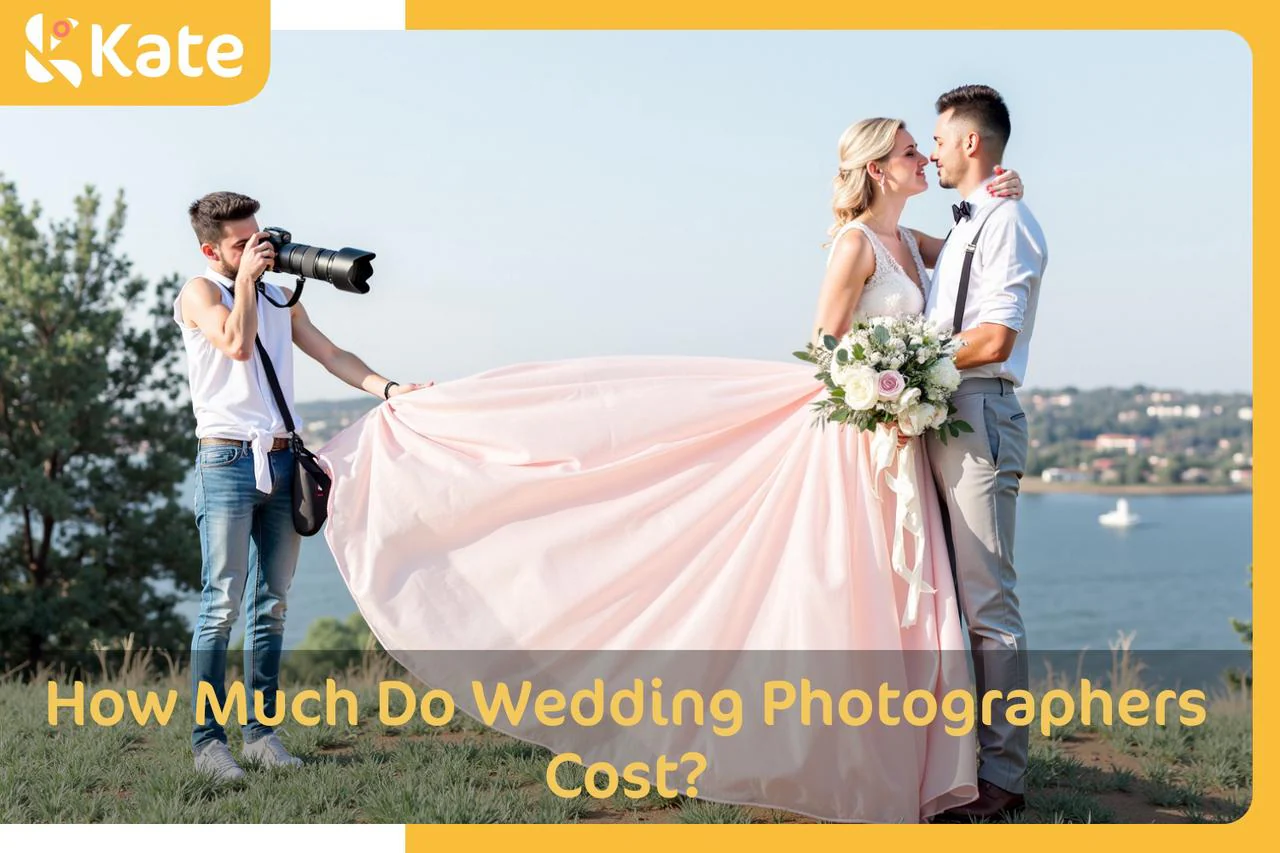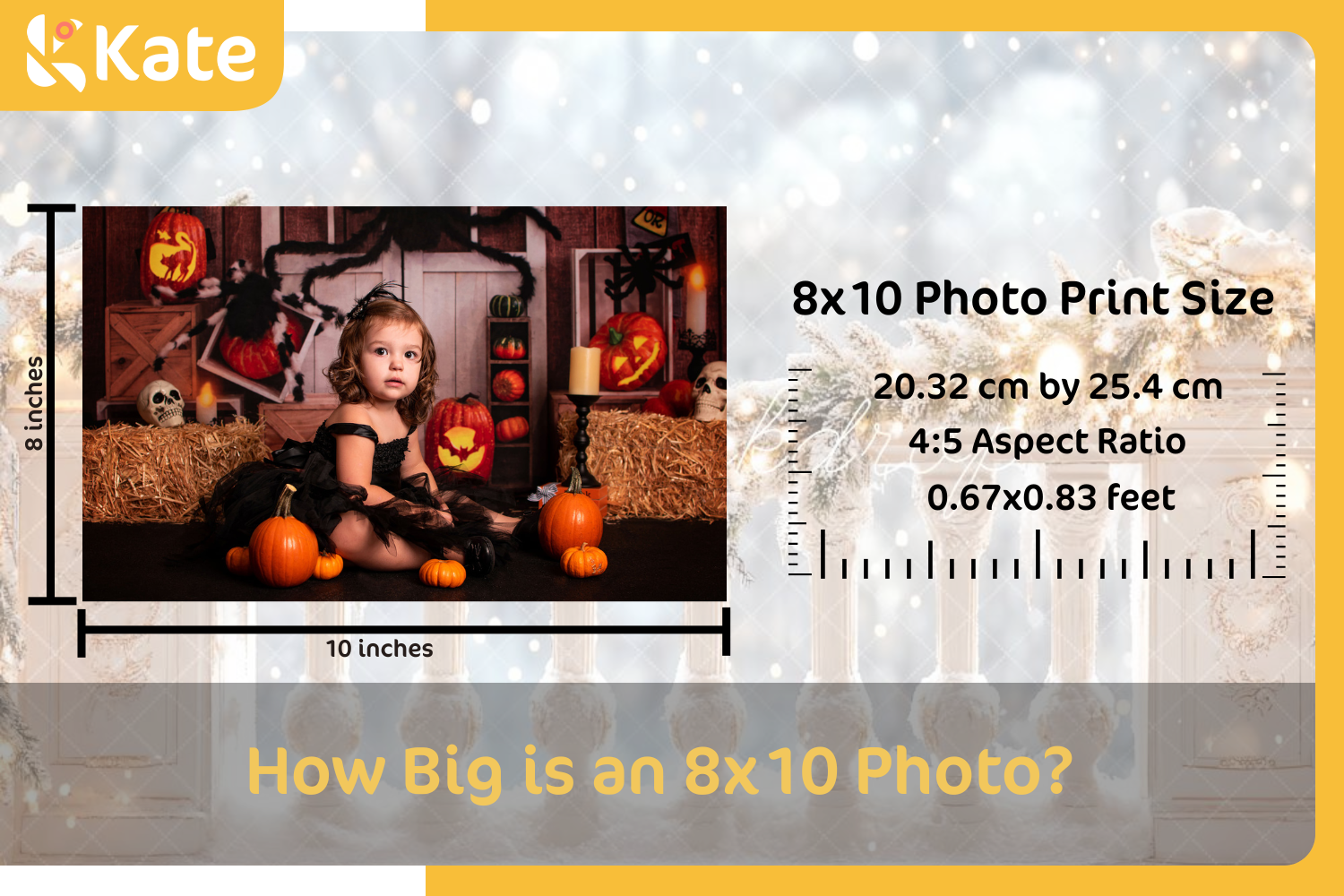Portrait vs. Landscape: 4 Main Differences | 5 Choosing Factors

When it comes to photographs, there are two different orientations that you can choose from: portrait or landscape. Both of these terms refer to the way that the photograph is oriented on the page or screen.
In this article, we'll be discussing the main differences between landscape vs portrait orientation, as well as how you can decide which one is right for your needs.
Main Differences Between Portrait vs Landscape
Portrait orientation is when the photograph is taller than it is wide. This type of orientation is typically used for close-up shots of people or objects.
Landscape orientation is just the opposite - it's when the photograph is wider than it is tall. This type of orientation is often used for shots that need to capture a large area, such as a sweeping landscape. So, you'll need to turn the camera to the side and shoot horizontally.
1. Space
In general, landscape photos have more space. You can use that extra space to show the setting or environment of your subject.
It can also help to create a sense of scale and depth. Portrait photos tend to be more intimate because there's less space around the subject. A portrait format focuses on the subject and isolates it from the background.
2. Background
With a portrait format, the background usually becomes more of a supporting role. You can blur out the background to make it less distracting or accentuate it for effect.

A landscape format can have a background that's just as interesting as the subject itself. In this case, you'll want to consider using a shallow depth of field so that both the foreground and background are in sharp focus.
3. Context
When you're shooting in landscape, the context of your photo is usually pretty clear and straightforward. It's easy to tell what the subject is and what's going on in the photo.
A portrait format can sometimes be slightly confusing because there's so much going on in the photo. You might have to take a step back and look at the photo to figure out what's happening.
4. Distance
You're usually pretty close to your subject when shooting in portrait format. This is because you need to fill the frame with your subject. If you're too far away, your subject will look small and lost in the photo.

Photo by Fabian Quintero on Unsplash
You can be further away from your subject when shooting in landscape format and still get a great shot. This is because you have more room to work within a landscape photo.
Which one to Choose, Landscape or Portrait?
Choosing between a portrait vs landscape orientation for your photos can be daunting. However, a few key factors can help you make the best choice for your particular photo. These include;
1. The Subject Matter
When shooting landscapes, the focus is on the scene as a whole. This means you will want to use a wide-angle lens to fit everything into the frame. On the other hand, when shooting portraits, the focus is on the subject itself. You will want to use a telephoto lens to capture all the details.
2. Cropping
Landscape photos are usually shot in the horizontal orientation, which means they can be cropped into a vertical orientation without losing any important details.
However, portrait photos are typically shot in a vertical orientation, which means they will lose some vital information if they are cropped into a horizontal orientation.

In simpler terms, when shooting landscapes, you will want to leave some extra space in the frame so that you can crop the photo later on if necessary.
On the other hand, when shooting portraits, you will want to fill the frame with your subject, so there is no need to crop the photo later.
3. Rule of Thirds
It’s a composition guideline entailing dividing the frame into nine equal portions. The four points where the lines intersect are considered to be power points. When using the rule of thirds, you should place your subject at one of these intersections.
Regarding landscapes, the rule of thirds is a great way to add interest to your photo. You can place the horizon on one of the lines and use the other line to add interest to the photo. For example, you could place a tree or mountain in the foreground on one of the lines.
Portrait photos can also benefit from the rule of thirds. You can place your subject off to one side and use the other two-thirds of the photo to add context. For example, you could have your subject looking off into the distance.
4. When to Use Portrait Orientation?

Kate Vintage Backdrop Retro Wall Black Gold Phnom Penh for Photography
Portraits are intentionally designed to show the person as they individually want to be seen. This can include headshots, one-on-one photos, or for things like graduations. Because of this intent, the focus is on the person in the photo and not on the background.
Portrait orientation is also used for shooting tall subjects like buildings or mountains. When you want to show the height of a subject, turning your camera to portrait mode will give you more vertical real estate to work with.
5. When to Use Landscape Orientation?
Landscape orientation is best used when you want to show a wide scene. This could be anything from a sweeping mountain vista, a vast desert to a crowded city street.

Photo by Sven Fischer on Unsplash
Landscape orientation is also ideal for photos that have multiple subjects. This could be a group photo or a photo of a couple.
When there are multiple subjects, it can be helpful to have more horizontal space to work with. This will ensure everyone in the photo is visible and that no one is too close to the edge of the frame.
Conclusion
Many try to decide which orientation is "better" to use as a landscape vs portrait. The truth is that both orientations serve different purposes, and you cannot use one orientation exclusively; instead, they should be used in conjunction with each other.
Like colors, each approach has its beauty and importance.
If you like this article, please share it! Be sure to join our FB Group: https://www.facebook.com/groups/Katebackdrops/ to share your ideas! You can also receive free articles, updates as well as discounts information from https://www.katebackdrop.com/ and our FB Group.














 Valentine's Day2025🌹
Valentine's Day2025🌹



